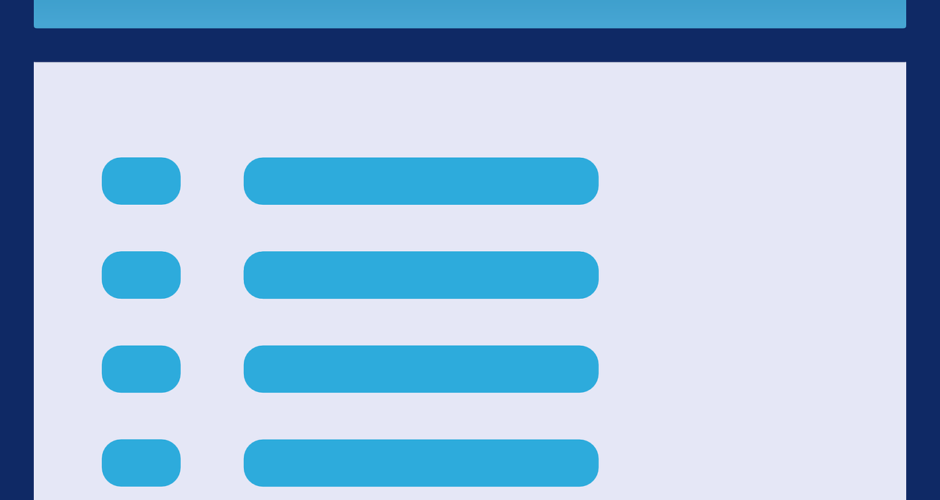Landing pages have long been the gold standard of lead generation. Countless webinars, ebooks and tutorials are dedicated to helping marketers improve their landing pages in order to lower cost per lead while getting more high-quality leads that lead to conversions and customers. After all, lead generation itself is only half the battle: once you have their data, you still have to convert leads into customers.
But are landing pages really helping you achieve that goal? They may have early on, but dedicated landing pages created specifically for lead generation may not be the way to go for your next campaign. Here are a few reasons why:
Landing Pages Take Time to Develop
Time is money, and every minute you spend writing, designing and building a landing page adds up. So skip it! New ad units allow you to include an interactive lead form right in the ad itself, bypassing the landing page completely. When you capture leads without landing pages, you can apply that saved time (and money!) to improving your targeting, testing your creative, building your funnel and nurturing your leads—which is time well spent when you think of how it will help raise your lead quality and lower cost per lead.
Landing Pages Lose Leads Through Clicking
Requiring a user to click from ad to a landing page increases the likelihood that you will lose them somewhere along the way. The ad unit can malfunction, your site might load slowly. They could be on an unsteady connection, a mobile device or simply lose interest waiting for the pertinent information to appear on the landing page. Whatever the reason, all that clicking (and waiting) has a tendency to cause users to bail before submitting their personal information. Keep them engaged and capture their data quickly with an ad that includes the lead form right in the unit and doesn’t lose leads to clicks.
Landing Pages Require Complicated Tracking
Your ad unit and landing page are two separate pieces, shown on two different websites. In order to learn about your audience and cultivate the right kind of leads, you need to track the process all the way through. Your goal should be to know what creative was shown on what website, the landing page they arrived at, and the user data that was ultimately submitted. It’s a lot to keep track of! By skipping the landing page and collecting leads without landing pages, you can simplify tracking. The creative is shown on a site and user data submitted within that same ad unit, so everything is contained together.
Landing Pages Make More Pieces To Manage
As outlined above regarding tracking, there is a lot that goes into a lead generation campaign with a landing page. There’s the copy and visual media for the ad; targeting for the audience; tracking links to the landing page; landing page copy and design; lead generation form; and finally, a confirmation page. Now double, triple or even quadruple that for various ad target audiences to show tailored creative by interest, and duplicate for each website the ad is displayed on. It’s enough to make your head spin. Cut the clutter with an ad unit that allows you to collect leads without landing pages and lighten your workload by half.
Landing Pages Lose Leads To Longform Copy
With a blank landing page staring in front of you, it’s tempting to fill it with lots and lots of copy explaining what makes your company and your offer so compelling. After all, what’s the point of a landing page with just a few sentences? Fill it up! Right? In a word, no. All that copy is likely to confuse or bore the reader and force scrolling before the lead form. This decreases the chance they will even get to the form, let alone submit their information. Even if they do, they will likely have skimmed through all that thoughtfully written prose anyway, barely absorbing any of it. Skip the extra work for both of you and keep your copy short and sweet by constraining it to fit in an ad unit that lets you collect leads without landing pages.
There’s a time and place for landing pages, but there’s also a time to test collecting leads without one. Are you ready?

